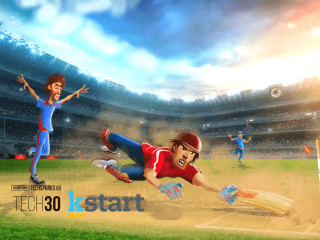FAUG (Closed Beta) Case Study
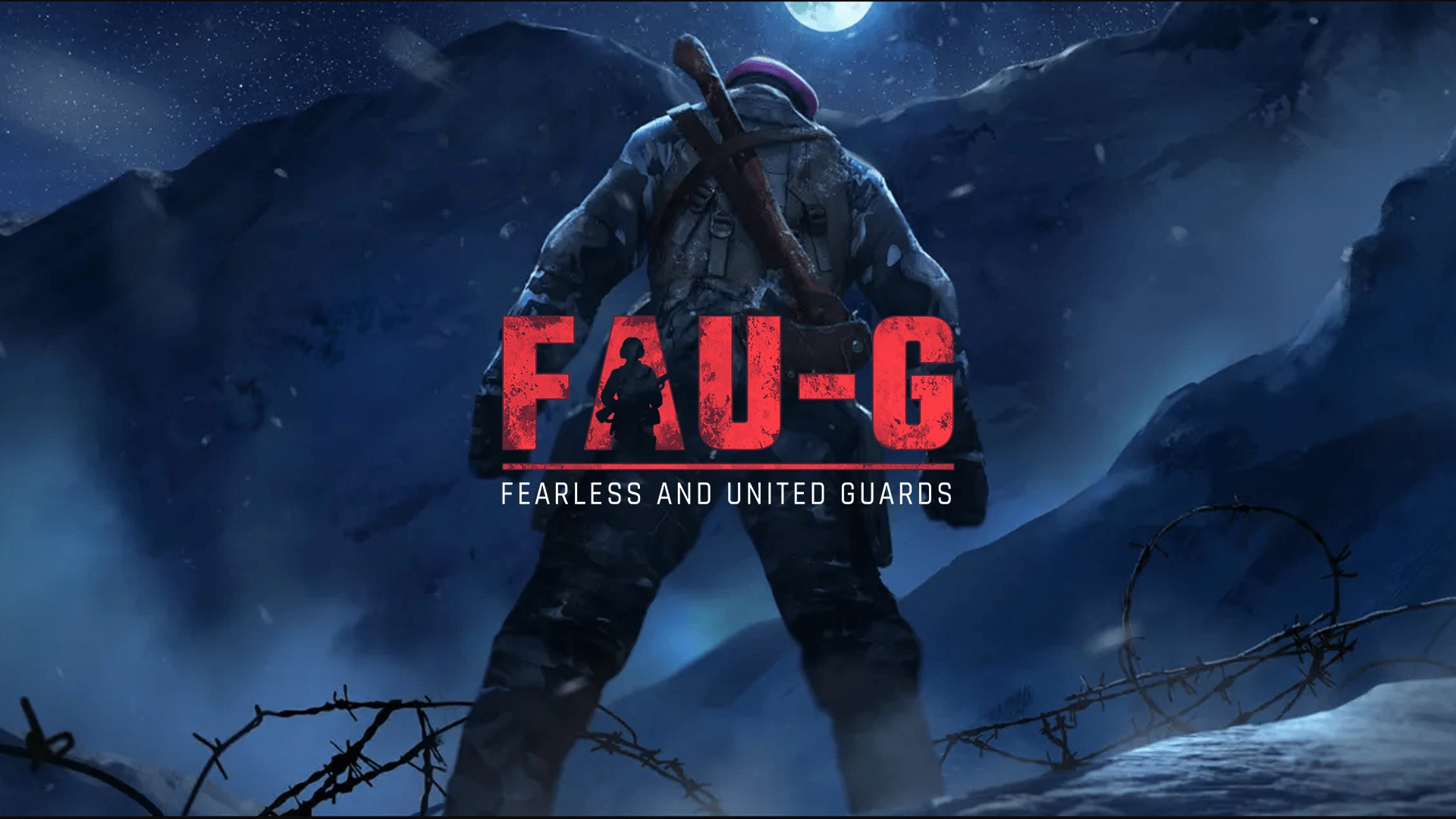
Project: FAUG
Product: Game App
Designation: Senior Game Designer, Product Designer
I work as a Senior Game Designer and product designer, it's a real-time multiplayer shooter game. During the course of this project, I worked with multiple stakeholders, producers, artists, engineers, and marketing teams to ship this product vision.

FAU-G is a proudly made-in-India project from nCore Games that pays tribute to the heroes of our nation’s armed forces. FAU-G brings to life the thrill and adrenaline of a life spent guarding India’s borders.
The product is a competitive game where the user can play against real players of the same skill level. The game has shooting mechanics which will appeal to teens and above of this era.
FAUG basically has
- Loadout: where the user can change or customize his weapons on this screen.
- Multiple Game modes: The user can select whatever game he wants to play.
- Custom Lobby: The user can invite to play with his friends using the custom lobby screen.
- Skill-based matchmaking

How can the game appeal to all kinds of audiences and give a better experience than the competitor’s games that is out there in the market? The should have unique features that should convey to the world that this game is from India.
Since the Indian audience has already played and adore some of the competitor’s games, what will faug have in the long run?

Faug will be designed in such a way that it will be relevant to the world about the current affairs of the country. They will have simple controls and functionality and localize the game to appeal to a much larger audience spectrum around the country.

At Ncore Game Studios, multidisciplinary teamwork is the cornerstone of our DNA. Working together, we exchange ideas and ensure we all have the same understanding of the game’s mechanics. We flag details that were not thought of beforehand, and my UX role in the team is to make sure that I am thinking of the players at all times.
This communication flow helps us sort out specific items that could eventually become friction points. It also pushes the team to test them, against ideas that should resolve these experience gates.

My design study started with the competitor analysis, which revealed some of the key points in understanding the audience’s likes, dislikes, and what we can do to set the game apart from the crowd. During the research phase, I did my analysis on both mobile and console platforms to narrow down my design goals.
The following games were considered for the competitive analysis-
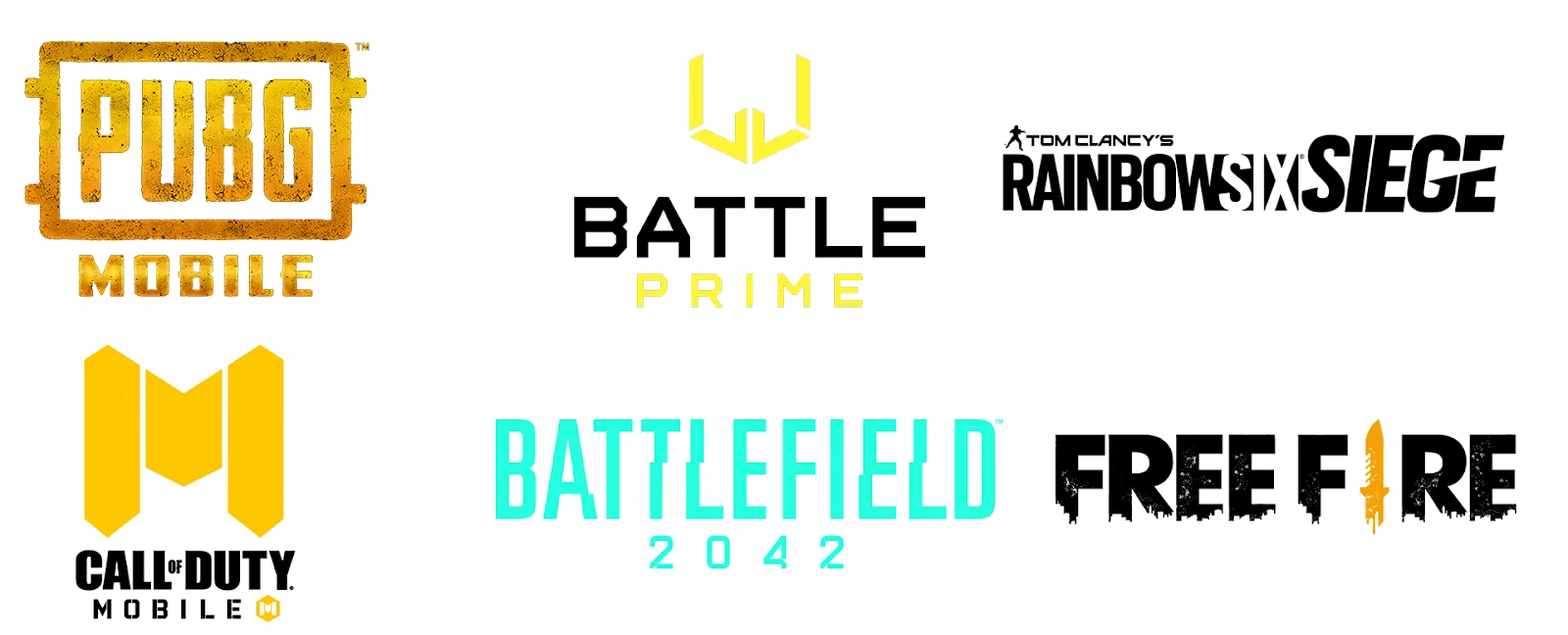
Understanding the users
In my experience, I've found that watching what our users do is much more helpful than actually talking with them.
We launched the app in closed beta and had around 10K-15K daily active users which is more than enough to understand them. Our users were mostly in a bracket of 18-24 and 25-34 age groups. Each group had different needs and motivations.
We had analytics in place to understand the user’s behavior. The main metric that we targeted is the number of game-play sessions. This is going to help us in the long run.
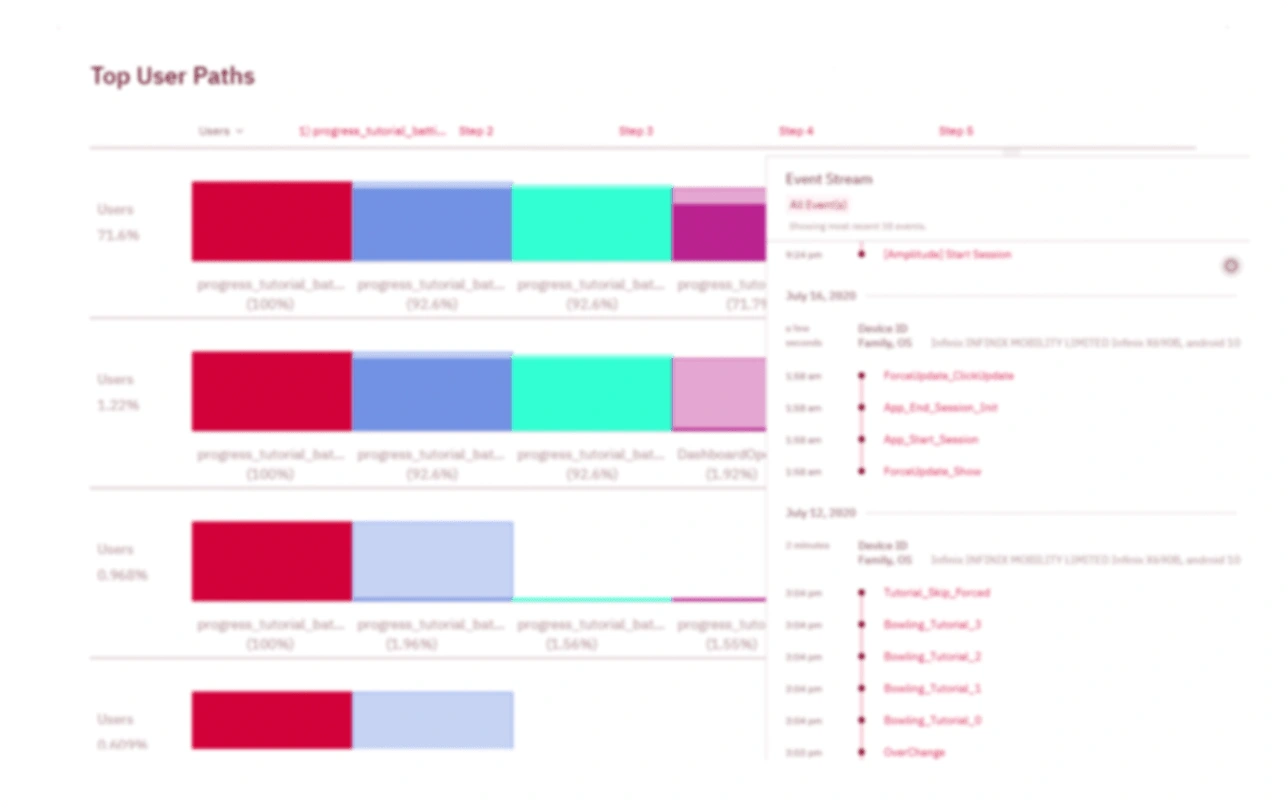
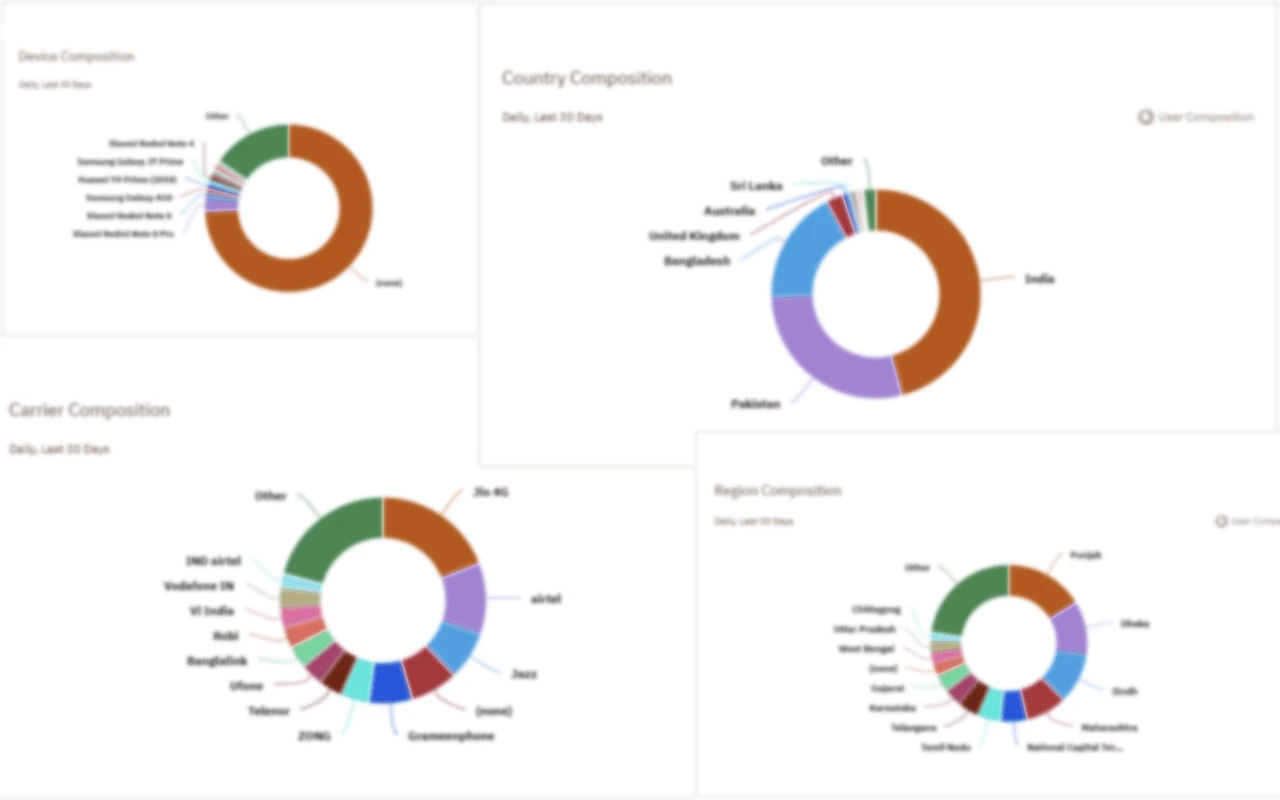
Iterate, test, repeat
Games change a lot during the production phase: the team spots problems or opportunities and brainstorms ways to make them better. This eventually leads to changes in the game, and I, acting as a guardian of the user experience, have to keep an eye on how to make changes that actually enhance the experience, and not harm it.
As soon as we have a playable version of the game, we began testing it with players, checking their reactions, flagging issues to the rest of the team, and proposing optimizations. ‘Play Testing’ was the main method for usability testing. As a Game and Product designer, I know we've achieved success when nobody complains about the game when it's won't have any friction points for the user experience-wise.
Top Insights:
The users want to play and chat with their friends during a game-play session.
The users play mobile games on an average of 30-120 mins a day.
The users expect most cosmetic items that they can show off to their peers.
The common pain points are-
The game's soft currency is of no use to them.
Some of the high graphics game takes time to load on lower-end devices.
Free gifts are always worth nothing.

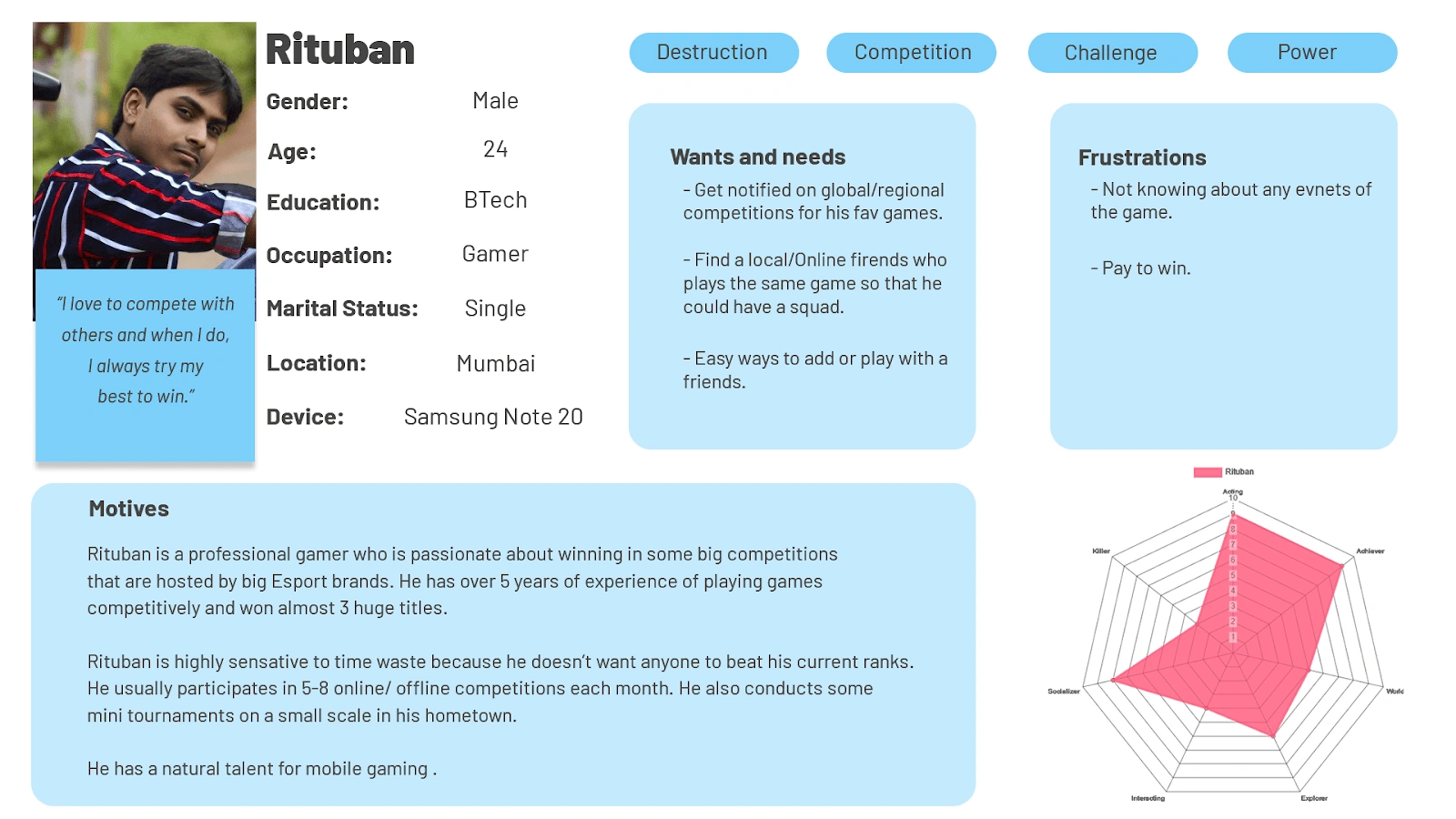
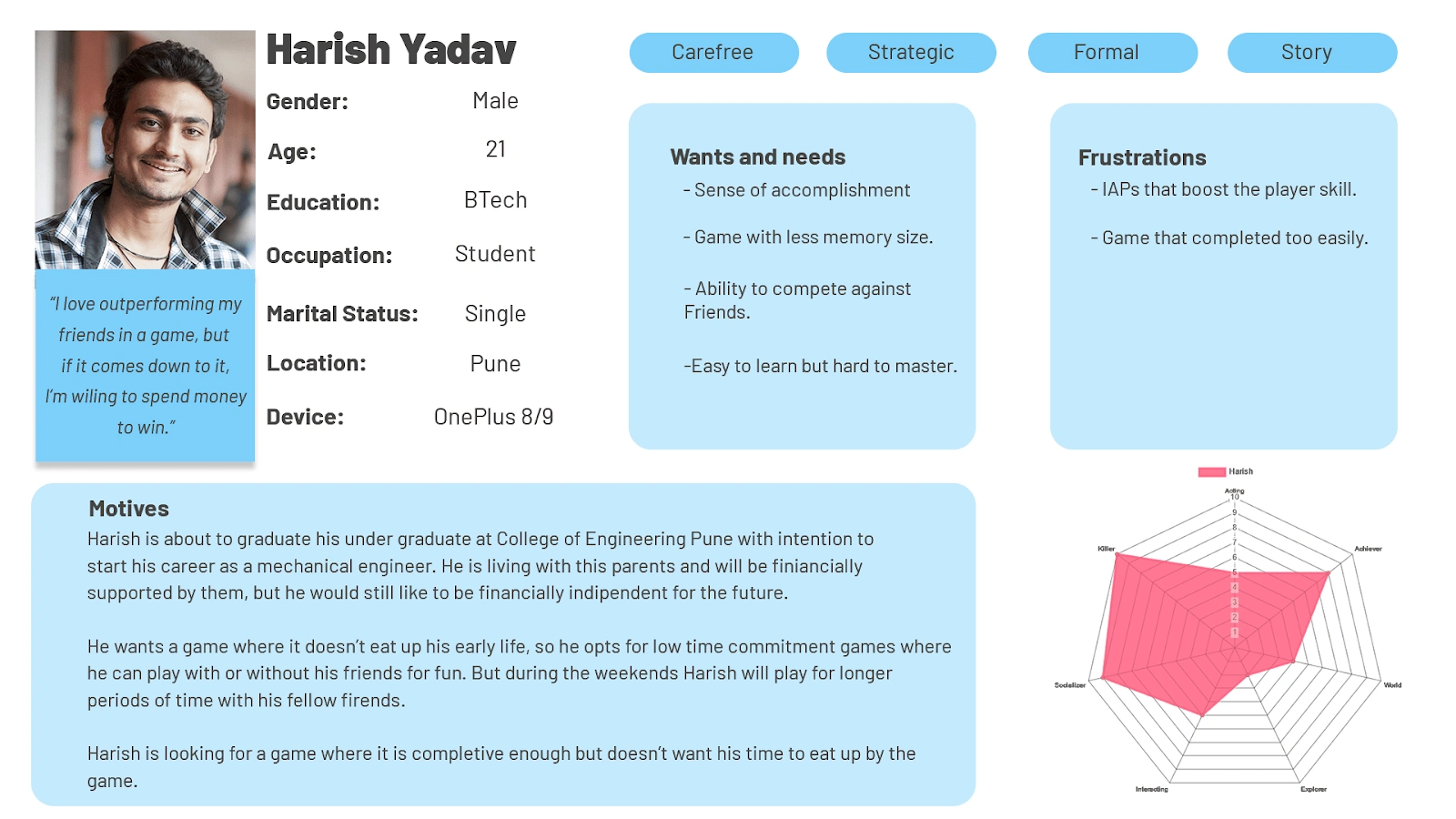

Login Flow
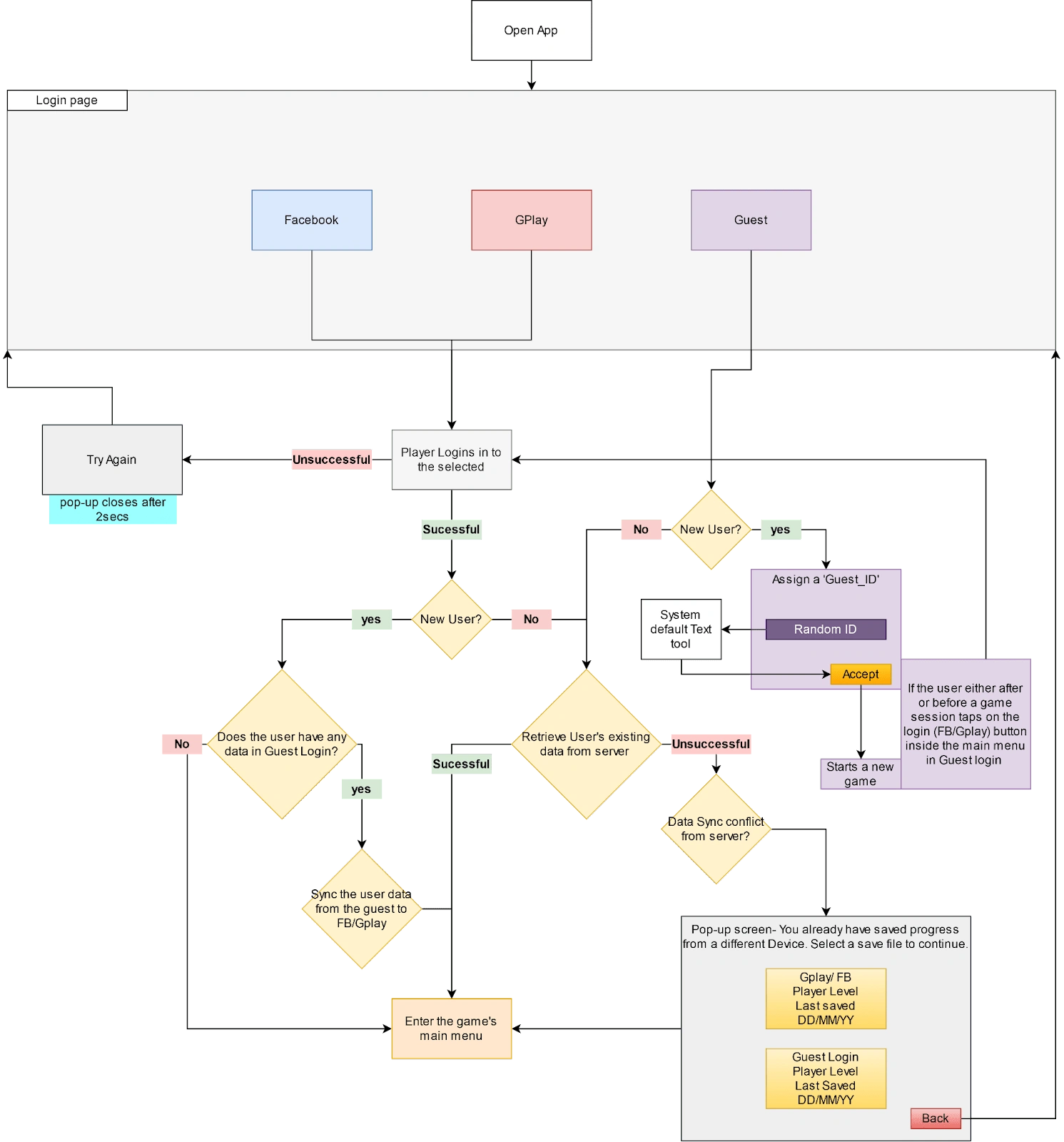
Main Menu
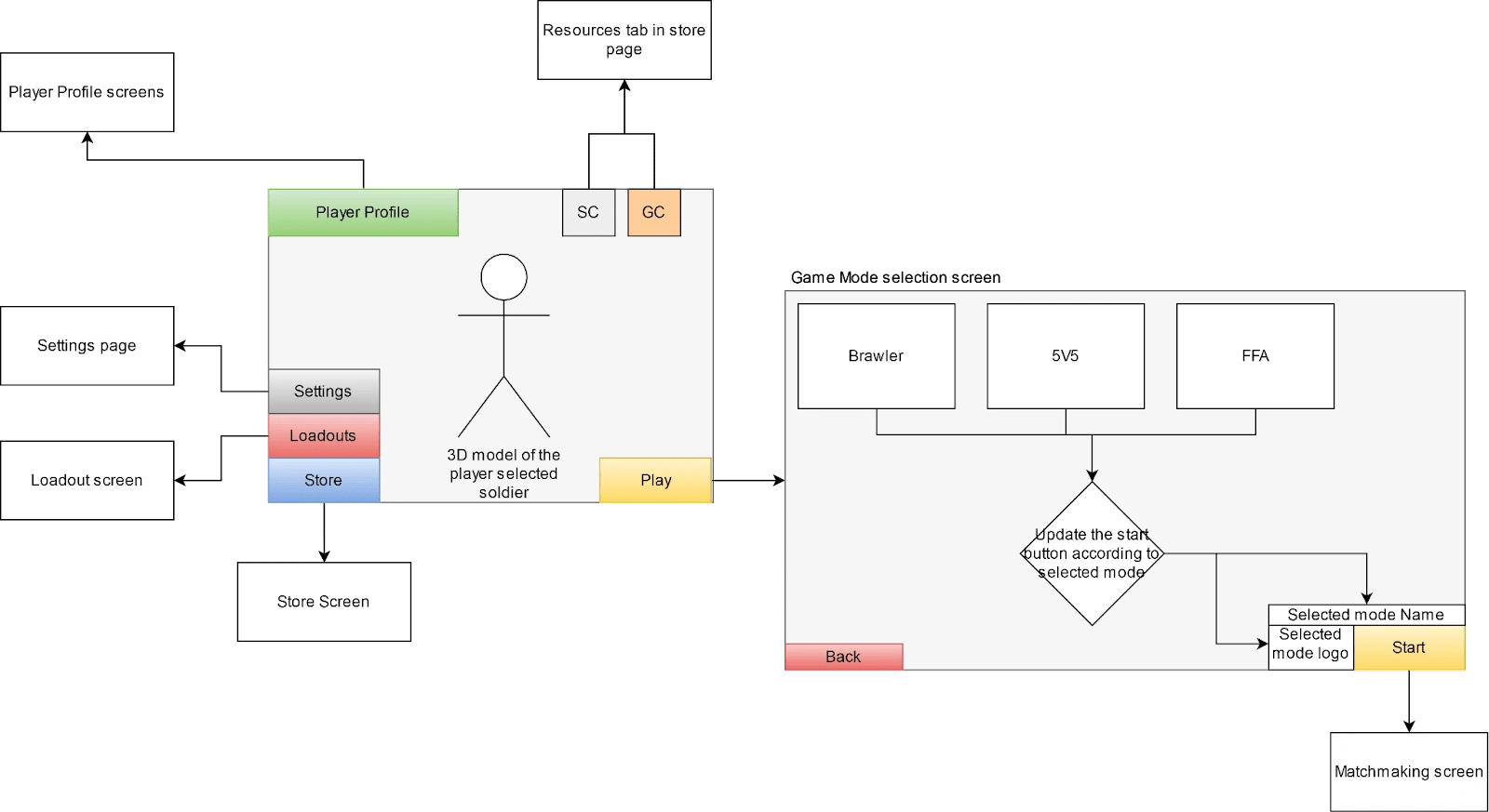
Loadout
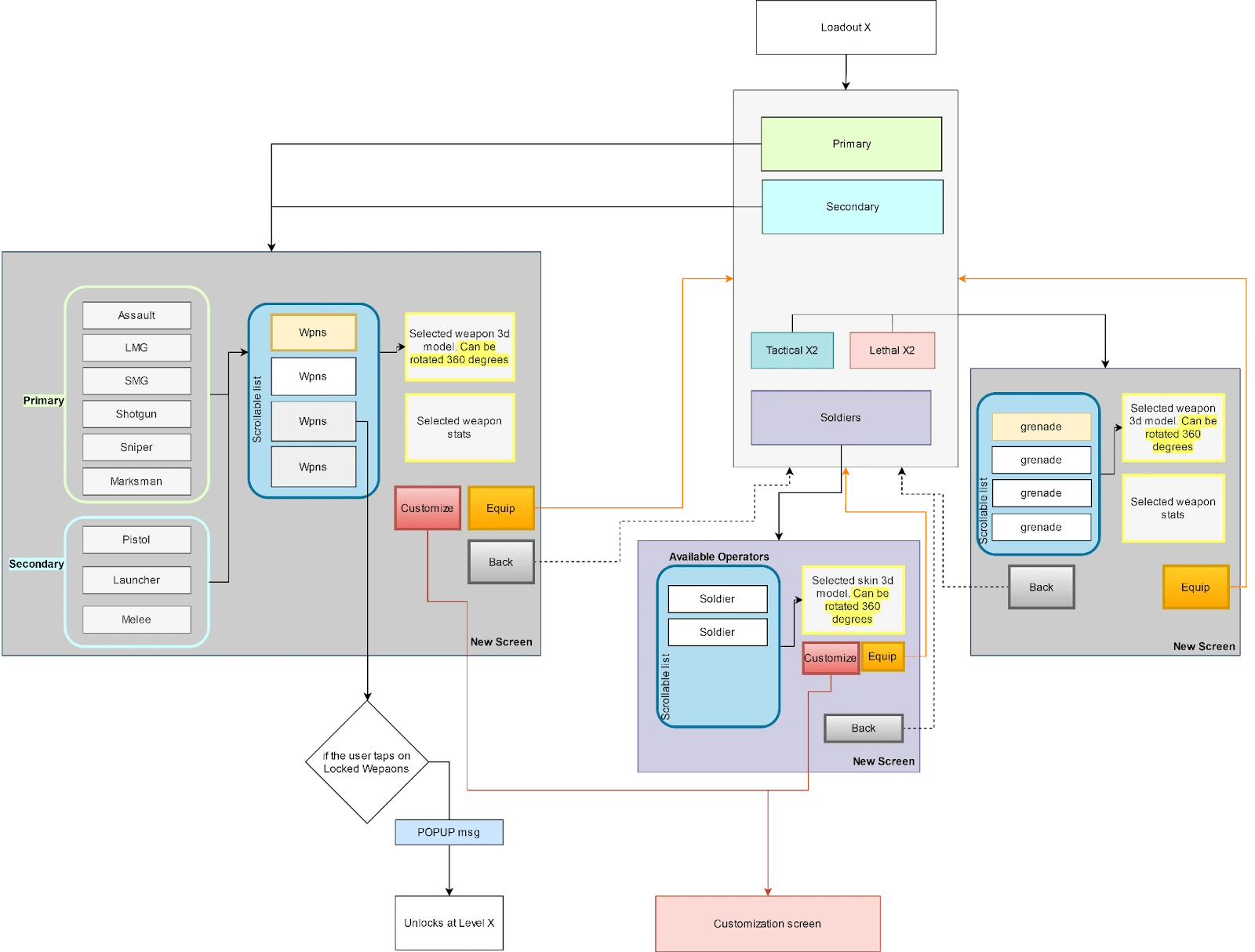
Matchmaking Flow
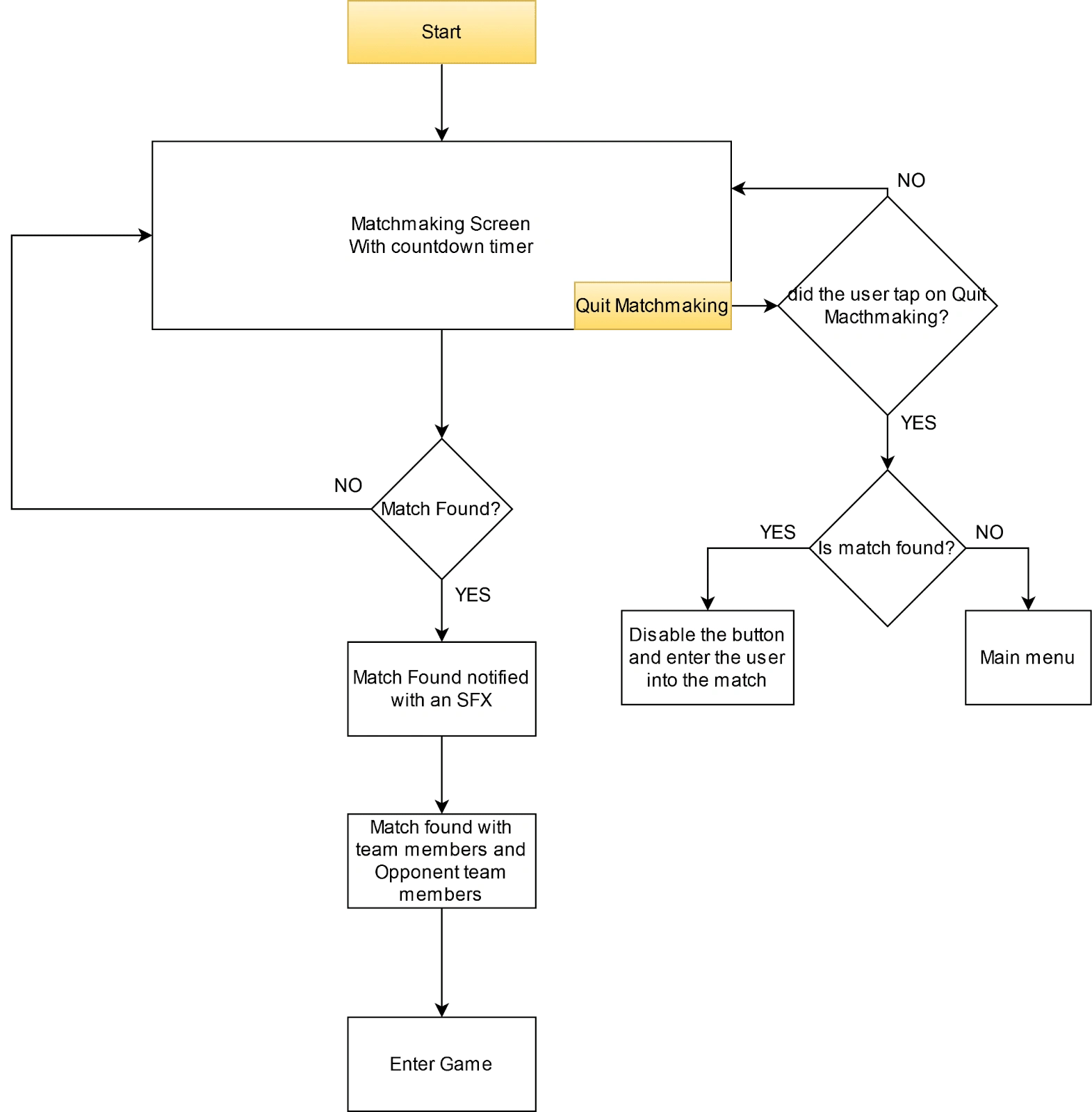

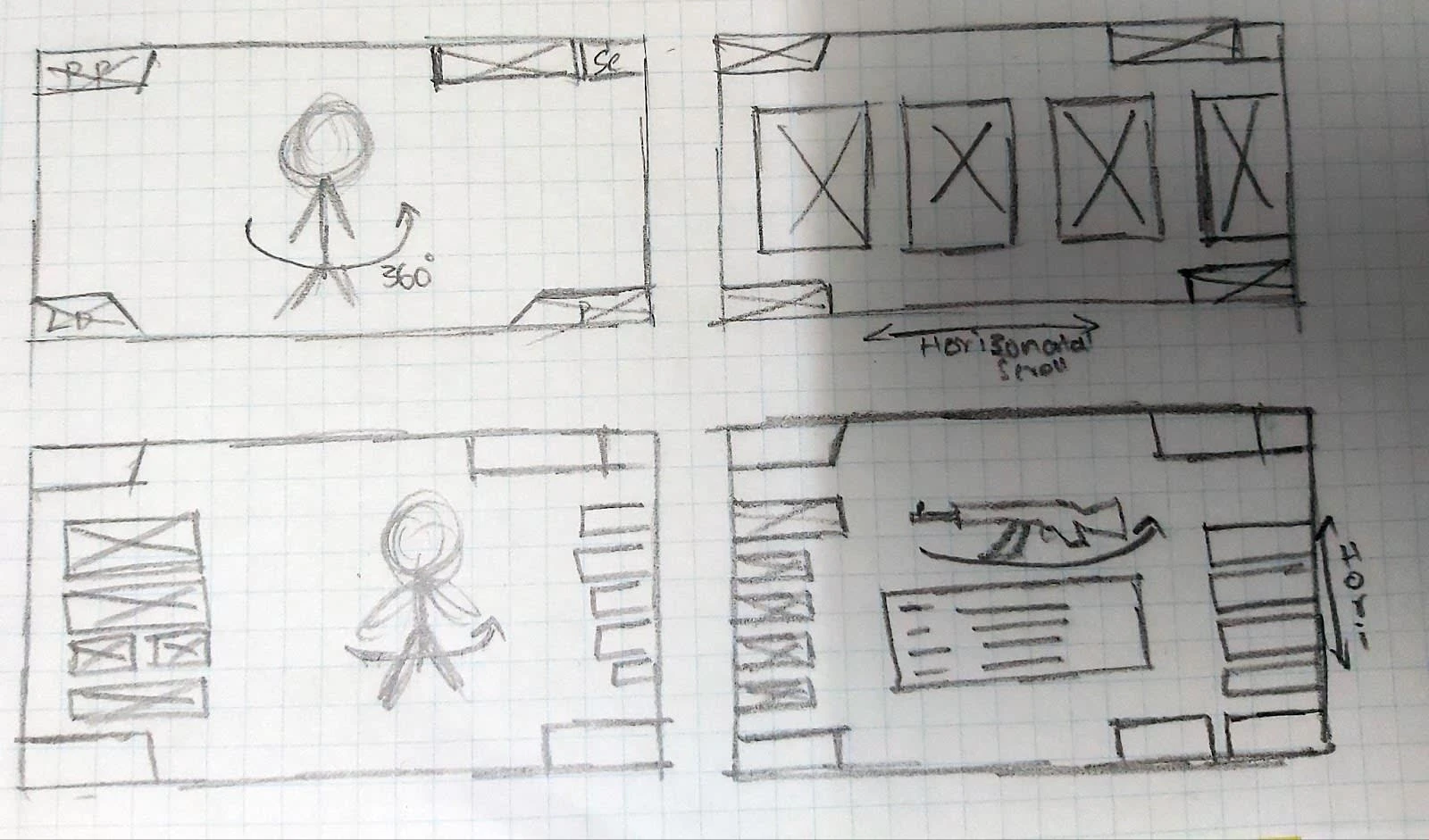
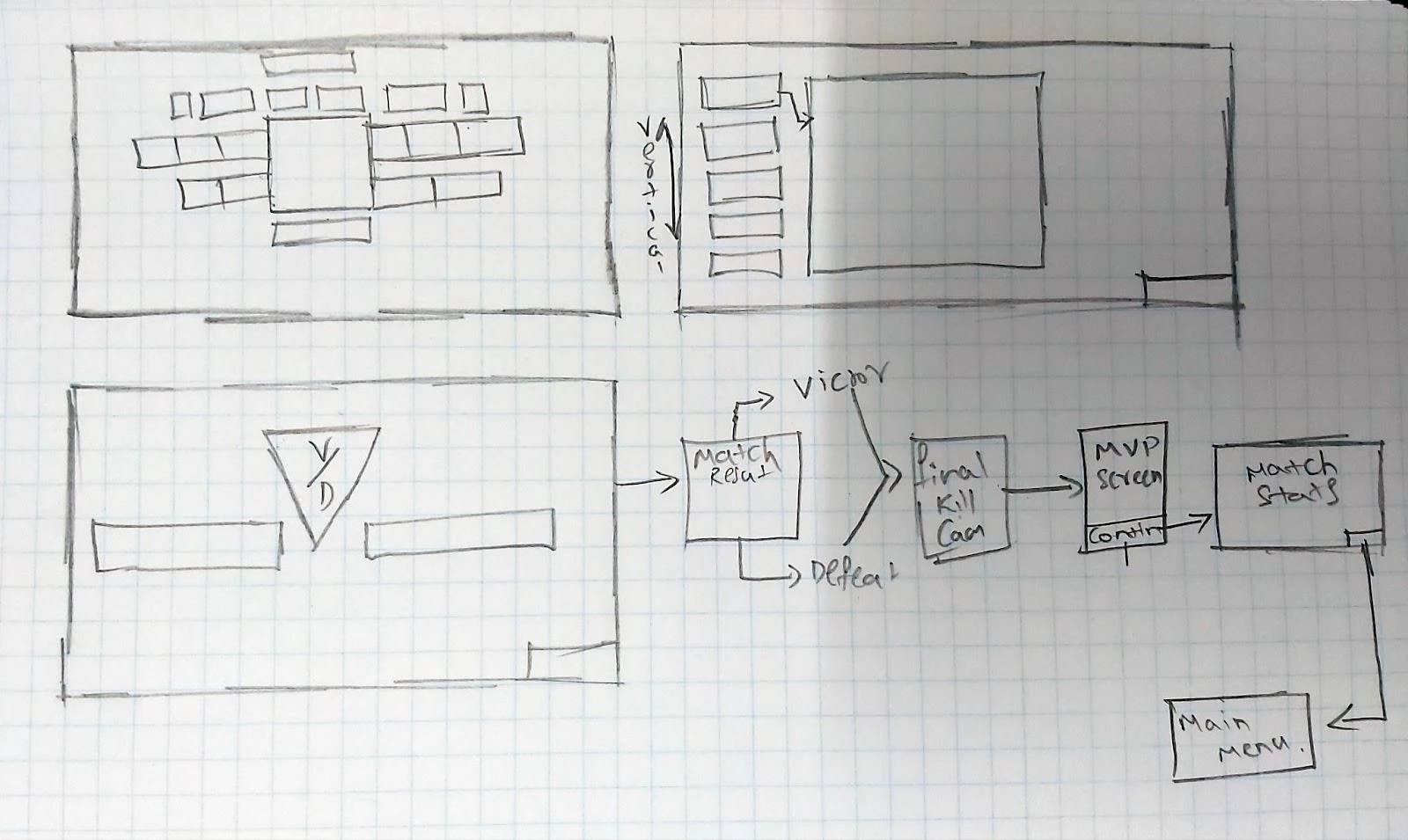

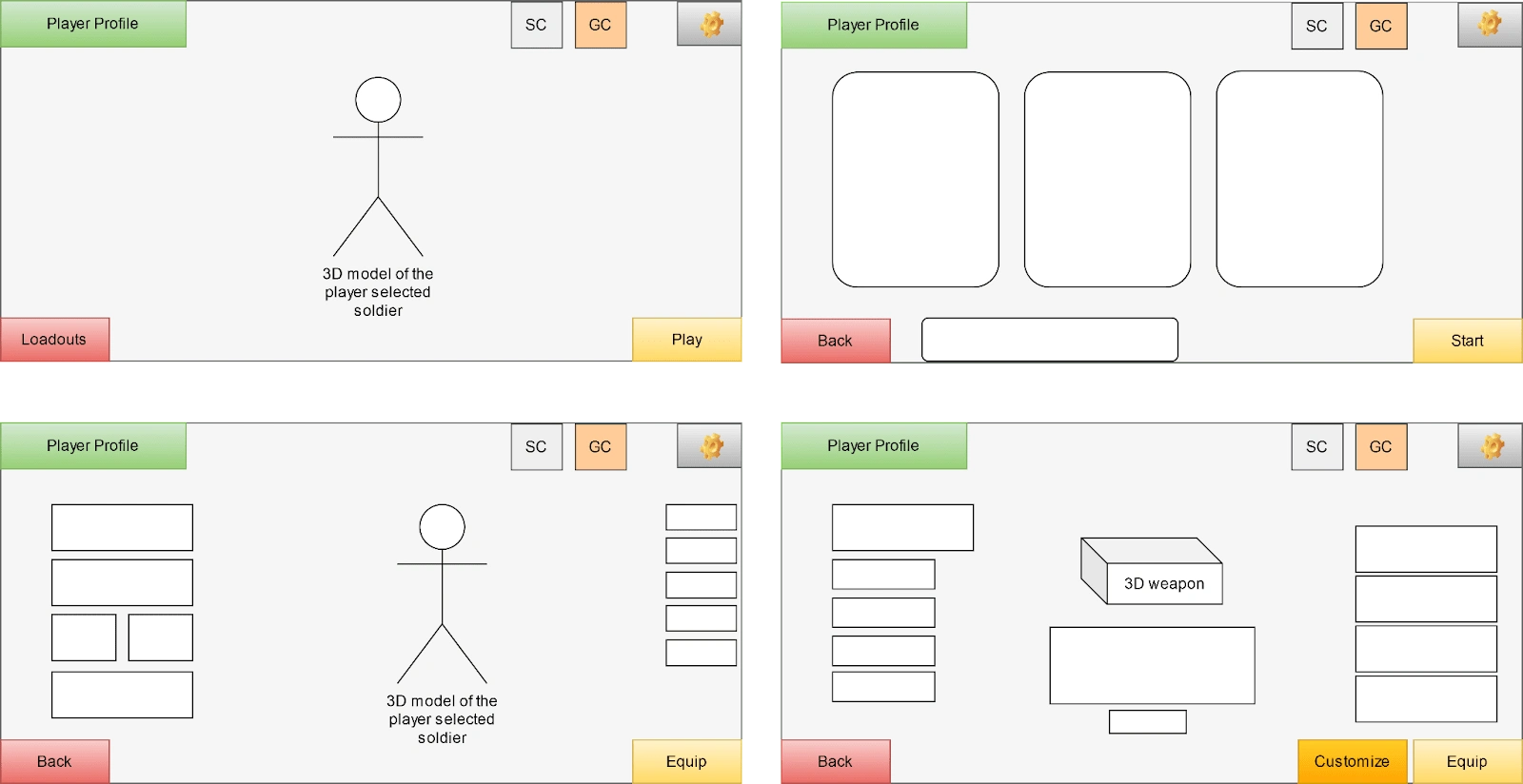
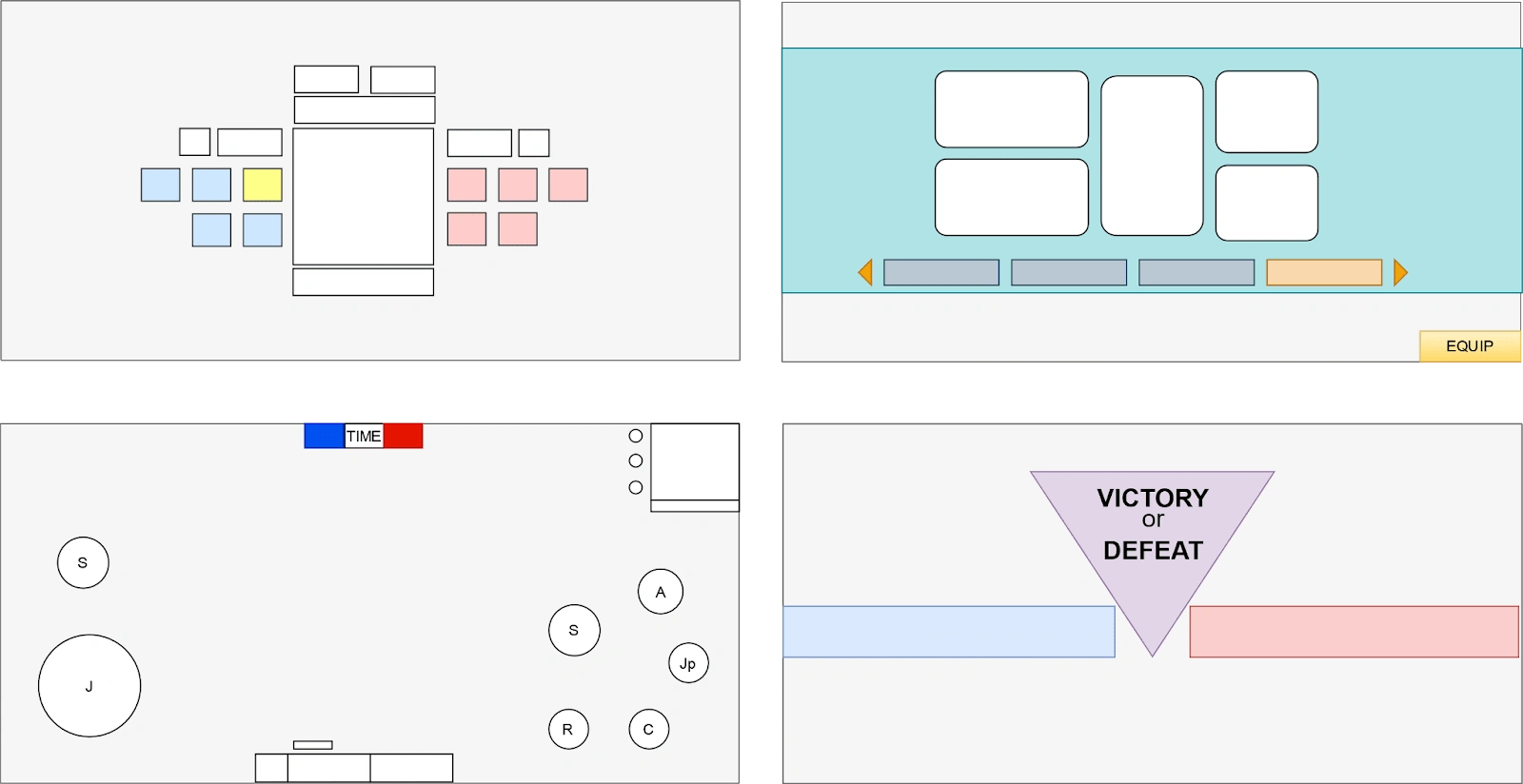


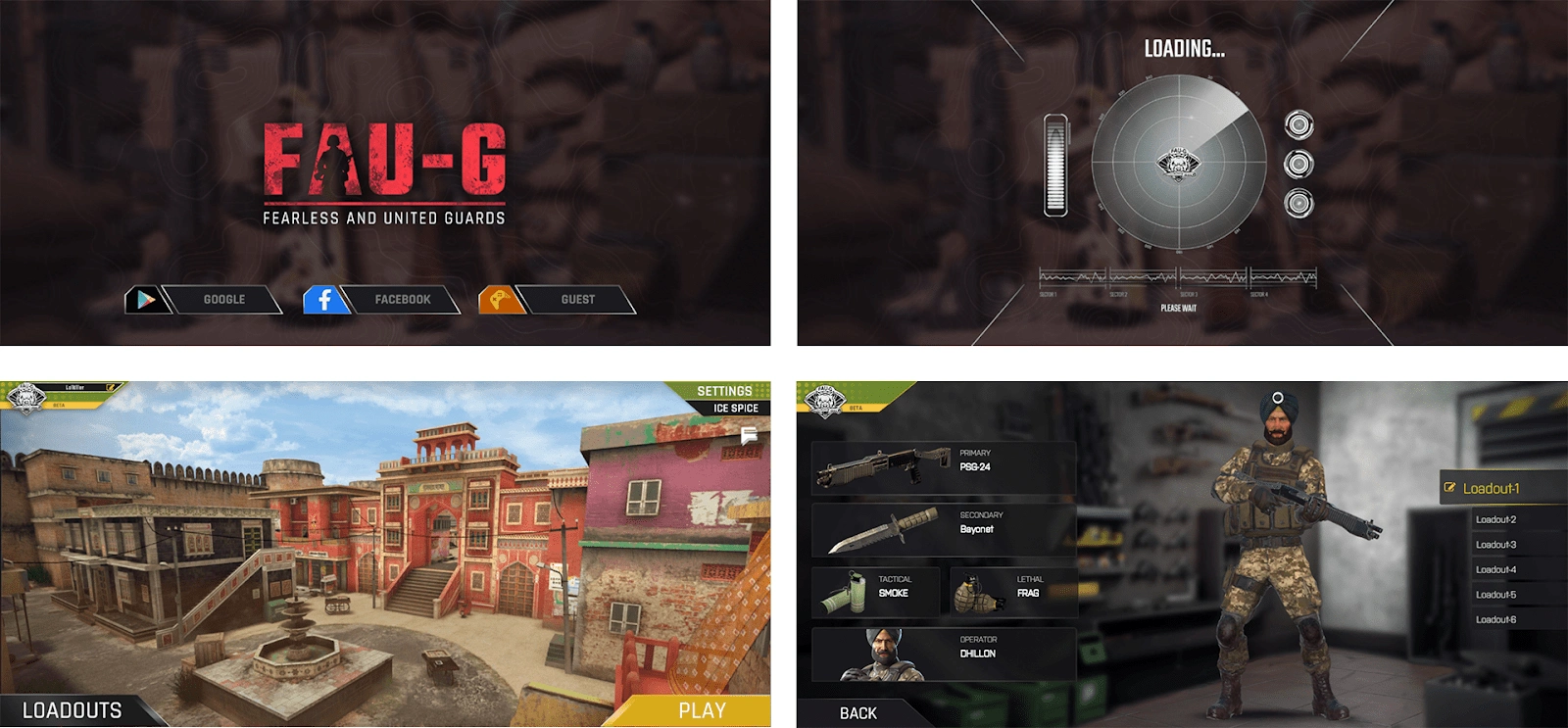
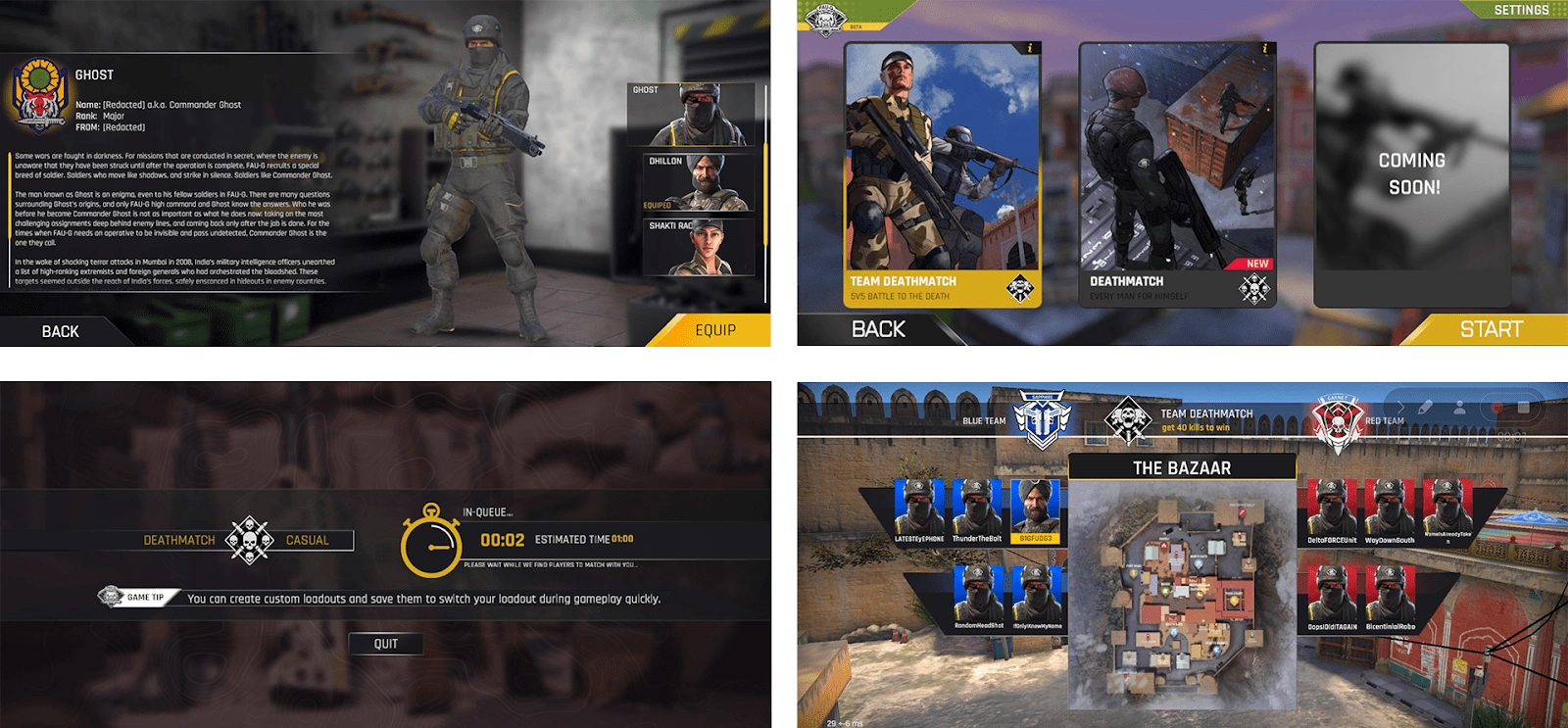

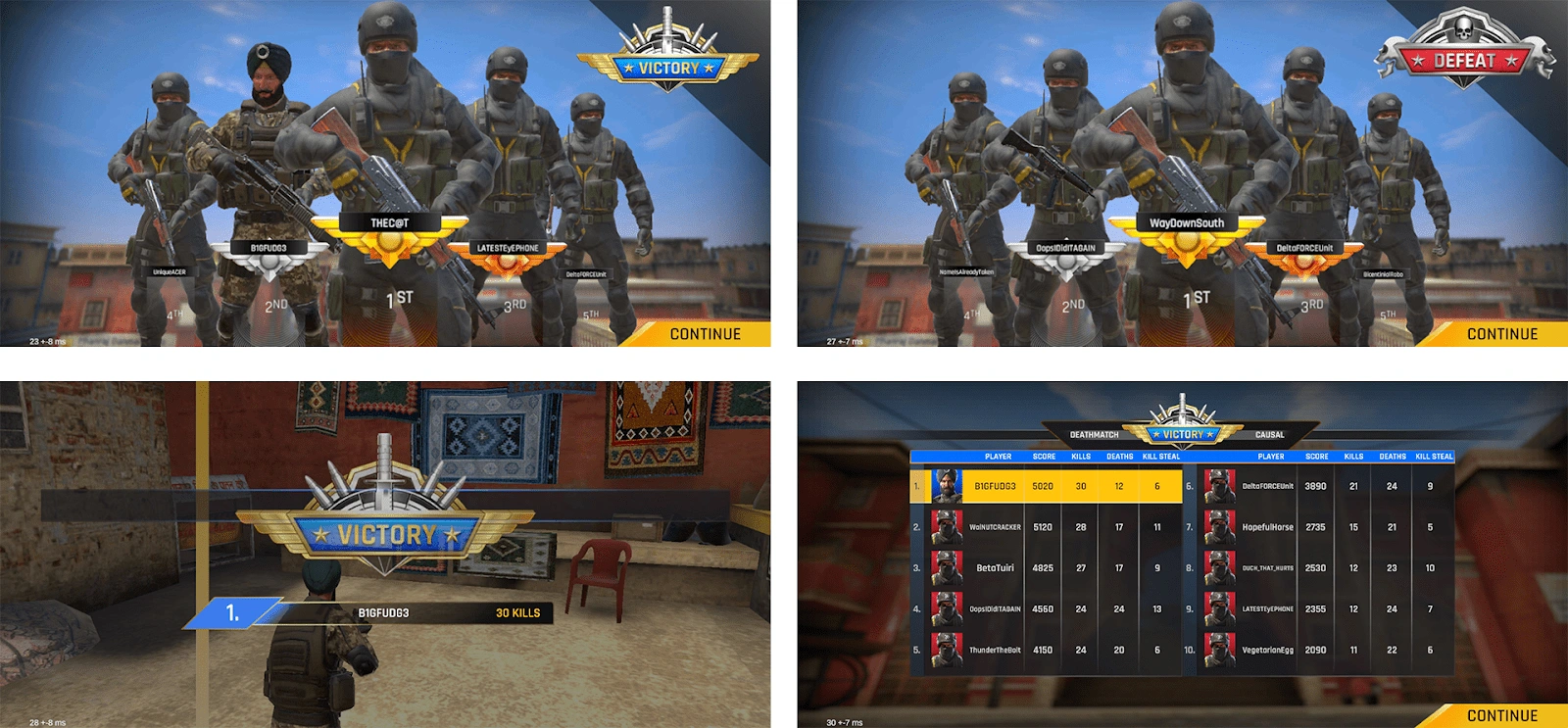

AI heat maps are used to take the guesswork out of call-to-action button placements where maximum conversions take place. It predicts the behavior of the user which helps me narrow down the problems during the pre-production phase.
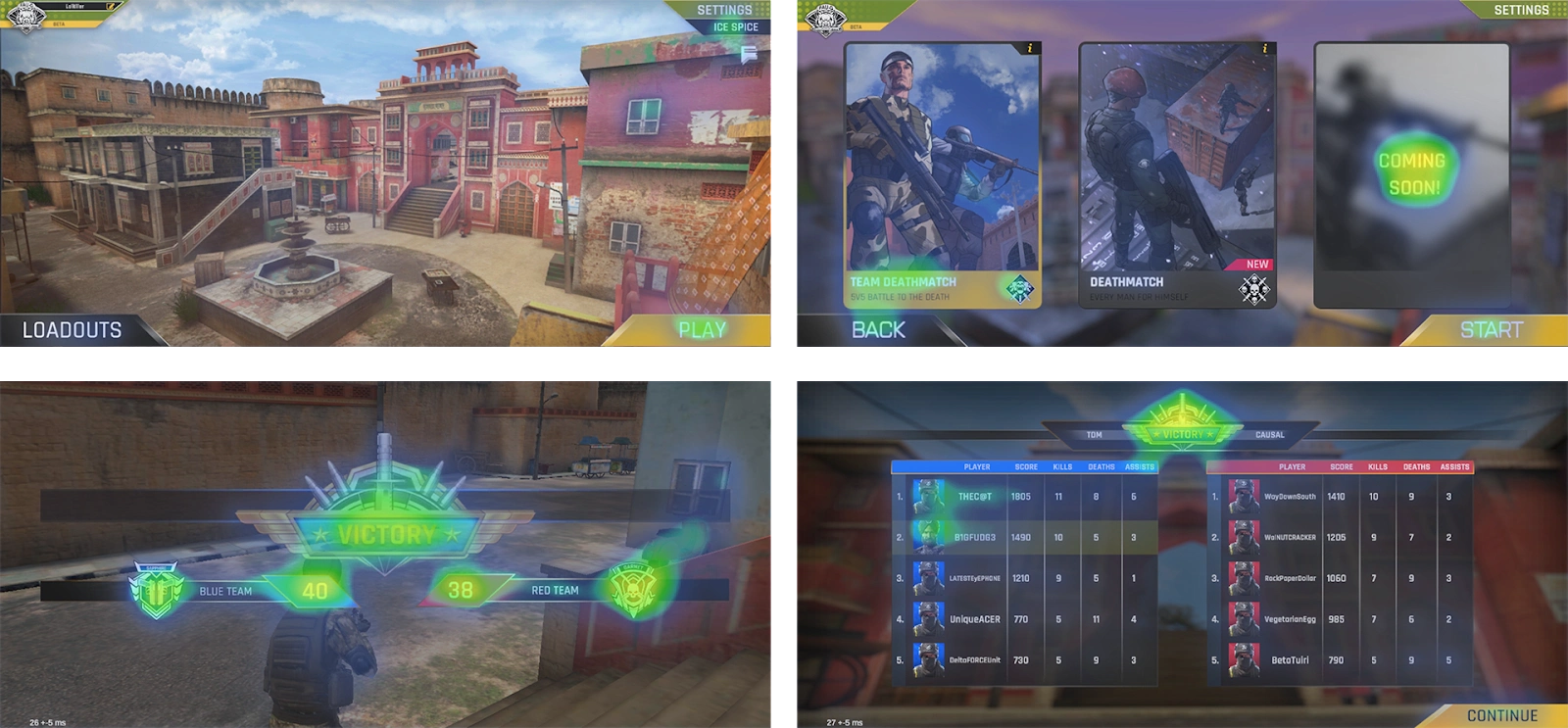

Life after Launch
Even though the game is already available for Android, it’s not the end of the road for me. My goal is to keep making the overall experience even better with feedback gathered from players now who found and downloaded the game on their phones in a more spontaneous way — this brings a new set of challenges and I am eager to face here in the team.
Faug already has over +75% D1 retention, and metrics have been exceptional over the domestic market.
Like this project
Posted Dec 21, 2021







